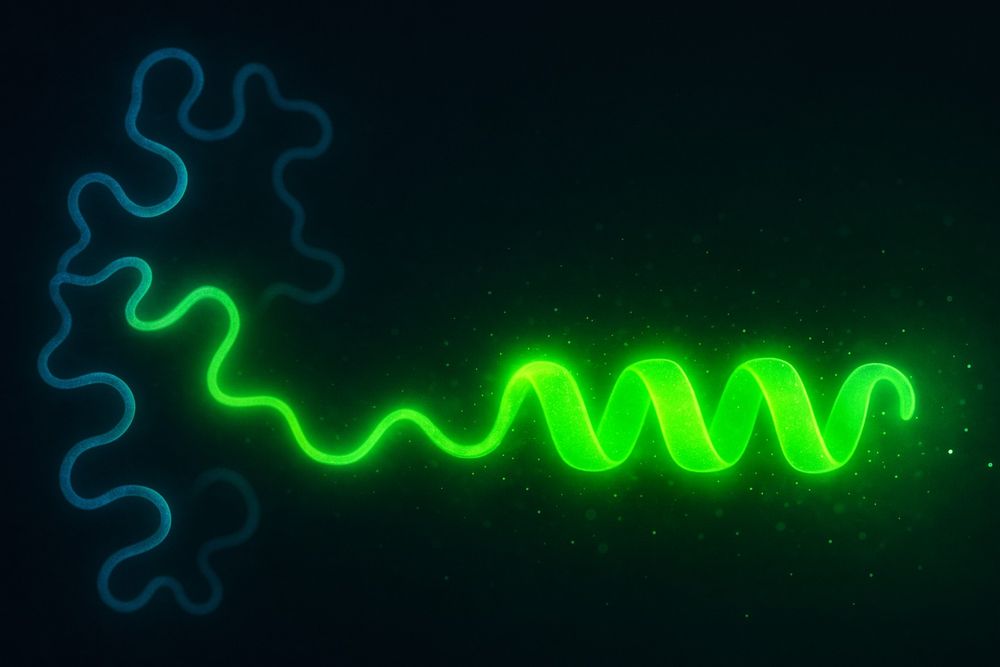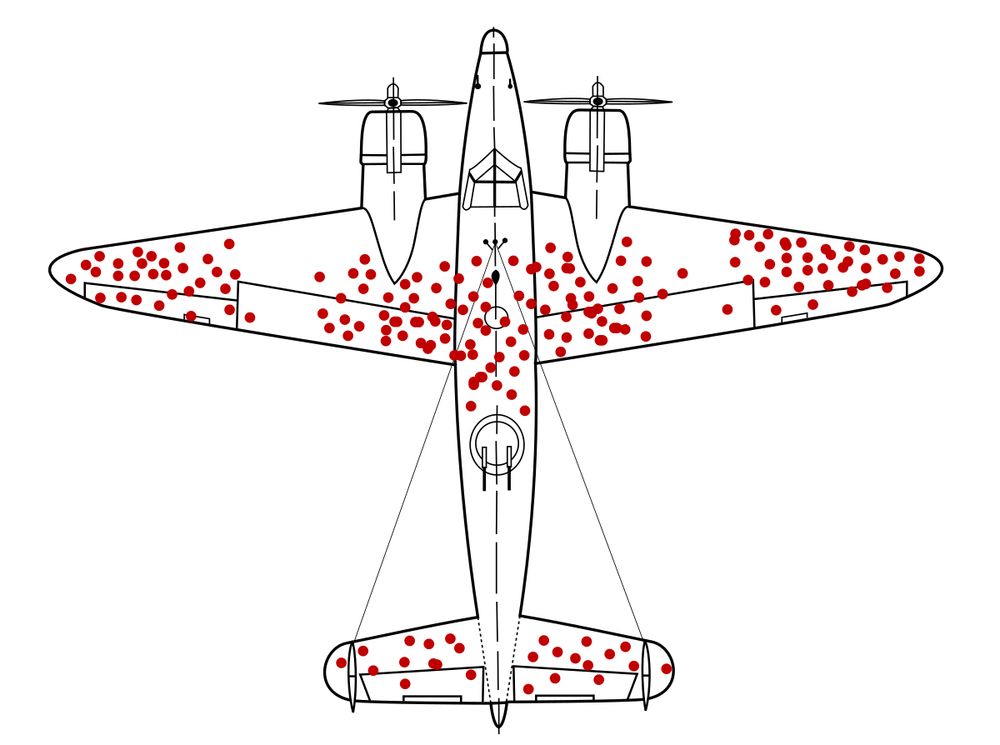
ORCID: 0000-0001-7500-985X
http://www.chembiousc.gal













The Devil's Bridge over the Deza River.

The Devil's Bridge over the Deza River.
#ChemSky

#ChemSky
chemrxiv.org/engage/chemr...

chemrxiv.org/engage/chemr...
chemrxiv.org/engage/chemr...

chemrxiv.org/engage/chemr...








